Aruna Rajan
Teaching DNNs to design fast fashion
Jul 03, 2019
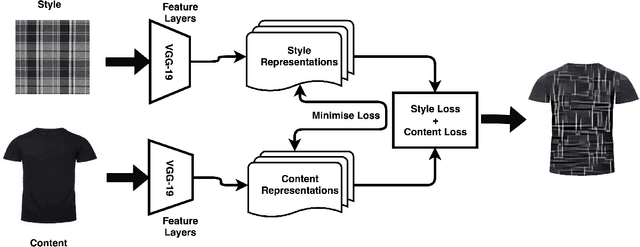
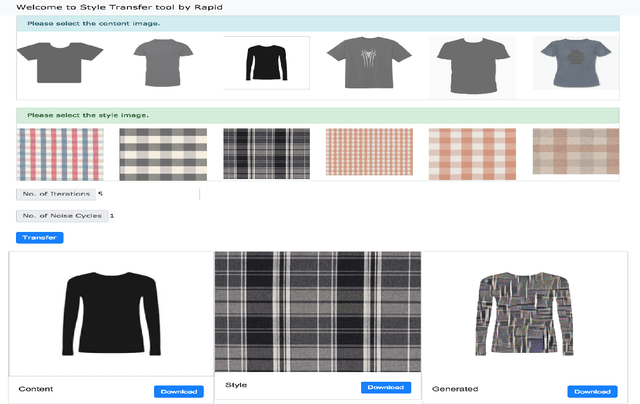
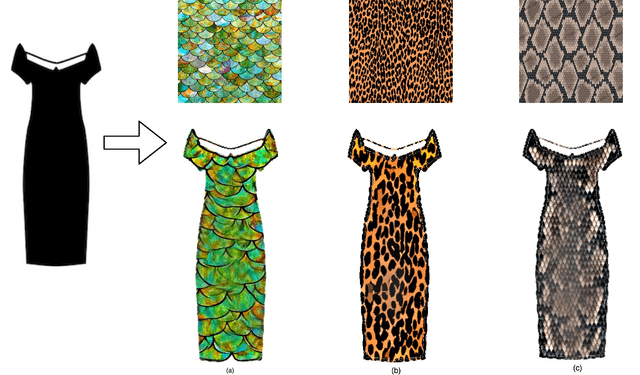
Abstract:$ $"Fast Fashion" spearheads the biggest disruption in fashion that enabled to engineer resilient supply chains to quickly respond to changing fashion trends. The conventional design process in commercial manufacturing is often fed through "trends" or prevailing modes of dressing around the world that indicate sudden interest in a new form of expression, cyclic patterns, and popular modes of expression for a given time frame. In this work, we propose a fully automated system to explore, detect, and finally synthesize trends in fashion into design elements by designing representative prototypes of apparel given time series signals generated from social media feeds. Our system is envisioned to be the first step in design of Fast Fashion where the production cycle for clothes from design inception to manufacturing is meant to be rapid and responsive to current "trends". It also works to reduce wastage in fashion production by taking in customer feedback on sellability at the time of design generation. We also provide an interface wherein the designers can play with multiple trending styles in fashion and visualize designs as interpolations of elements of these styles. We aim to aid the creative process through generating interesting and inspiring combinations for a designer to mull by running them through her key customers.
Progressive Fashion Attribute Extraction
Jun 29, 2019



Abstract:Extracting fashion attributes from images of people wearing clothing/fashion accessories is a very hard multi-class classification problem. Most often, even catalogues of fashion do not have all the fine-grained attributes tagged due to prohibitive cost of annotation. Using images of fashion articles, running multi-class attribute extraction with a single model for all kinds of attributes (neck design detailing, sleeves detailing, etc) requires classifiers that are robust to missing and ambiguously labelled data. In this work, we propose a progressive training approach for such multi-class classification, where weights learnt from an attribute are fine tuned for another attribute of the same fashion article (say, dresses). We branch networks for each attributes from a base network progressively during training. While it may have many labels, an image doesn't need to have all possible labels for fashion articles present in it. We also compare our approach to multi-label classification, and demonstrate improvements over overall classification accuracies using our approach.
Fashion Retail: Forecasting Demand for New Items
Jun 27, 2019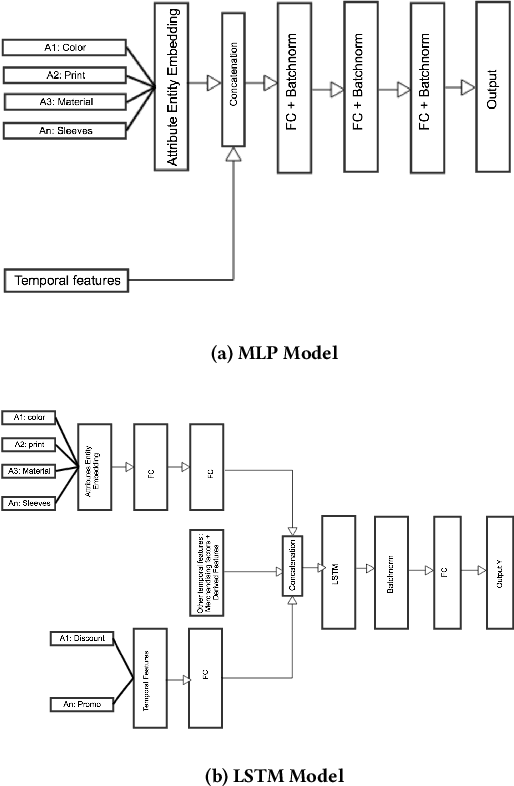


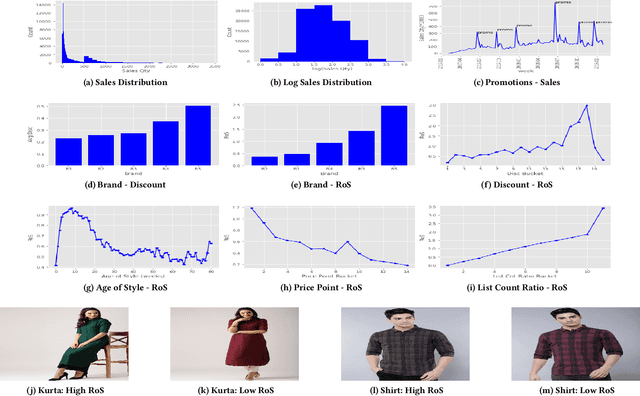
Abstract:Fashion merchandising is one of the most complicated problems in forecasting, given the transient nature of trends in colours, prints, cuts, patterns, and materials in fashion, the economies of scale achievable only in bulk production, as well as geographical variations in consumption. Retailers that serve a large customer base spend a lot of money and resources to stay prepared for meeting changing fashion demands, and incur huge losses in unsold inventory and liquidation costs [2]. This problem has been addressed by analysts and statisticians as well as ML researchers in a conventional fashion - of building models that forecast for future demand given a particular item of fashion with historical data on its sales. To our knowledge, none of these models have generalized well to predict future demand at an abstracted level for a new design/style of fashion article. To address this problem, we present a study of large scale fashion sales data and directly infer which clothing/footwear attributes and merchandising factors drove demand for those items. We then build generalised models to forecast demand given new item attributes, and demonstrate robust performance by experimenting with different neural architectures, ML methods, and loss functions.
Utility in Fashion with implicit feedback
Jun 30, 2018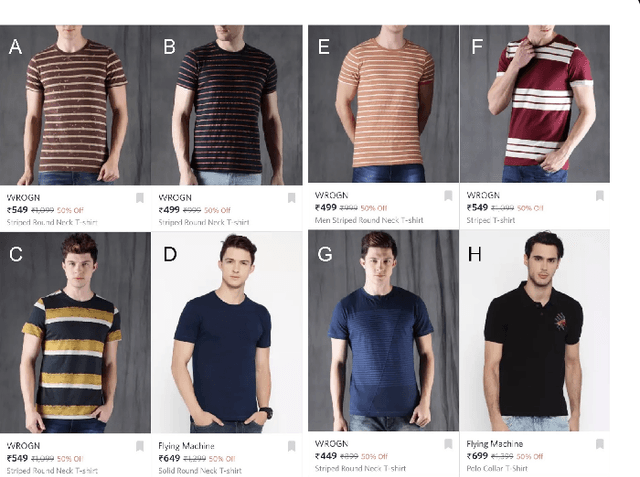

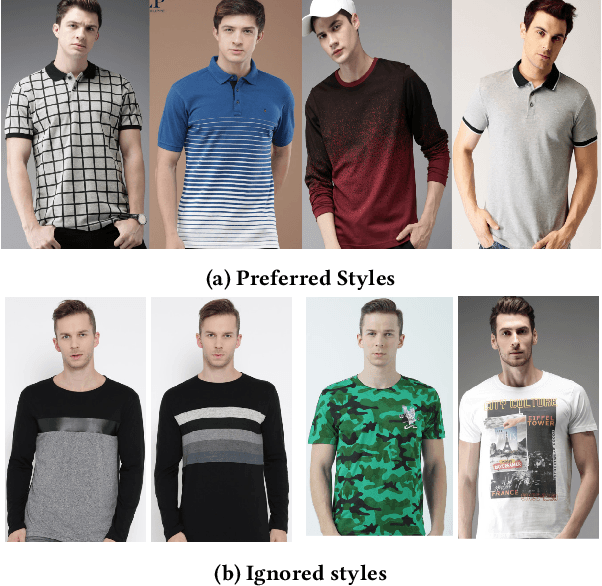
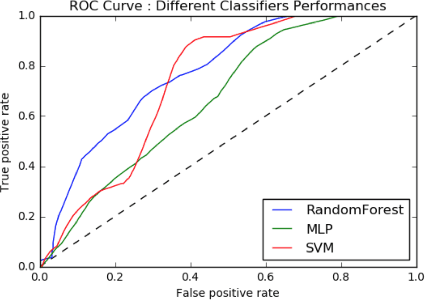
Abstract:Fashion preference is a fuzzy concept that depends on customer taste, prevailing norms in fashion product/style, henceforth used interchangeably, and a customer's perception of utility or fashionability, yet fashion e-retail relies on algorithmically generated search and recommendation systems that process structured data and images to best match customer preference. Retailers study tastes solely as a function of what sold vs what did not, and take it to represent customer preference. Such explicit modeling, however, belies the underlying user preference, which is a complicated interplay of preference and commercials such as brand, price point, promotions, other sale events, and competitor push/marketing. It is hard to infer a notion of utility or even customer preference by looking at sales data. In search and recommendation systems for fashion e-retail, customer preference is implicitly derived by user-user similarity or item-item similarity. In this work, we aim to derive a metric that separates the buying preferences of users from the commercials of the merchandise (price, promotions, etc). We extend our earlier work on explicit signals to gauge sellability or preference with implicit signals from user behaviour.
Understanding Fashionability: What drives sales of a style?
Jun 28, 2018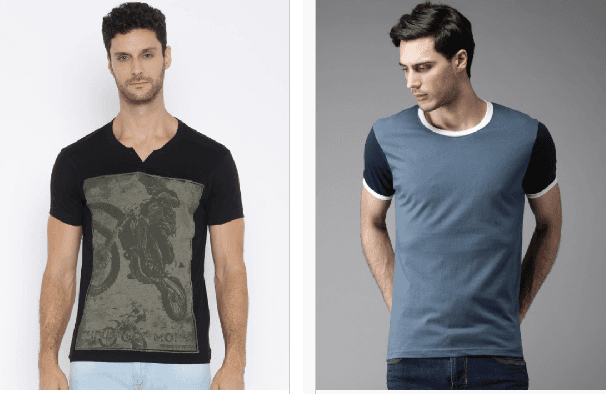
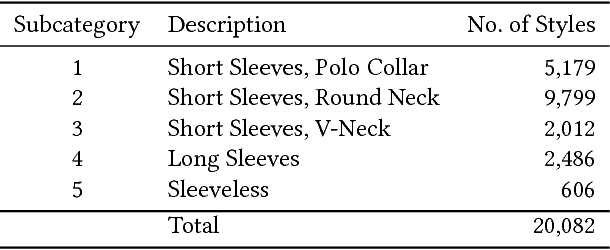
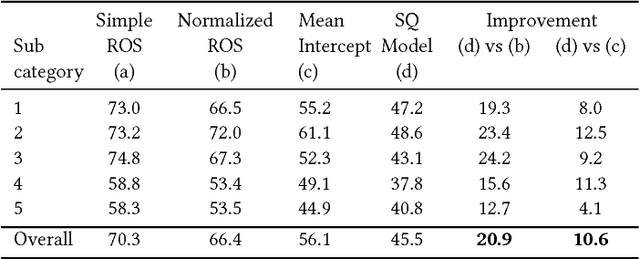
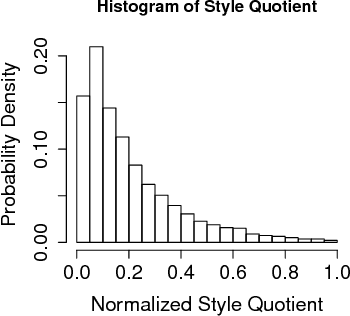
Abstract:We use customer demand data for fashion articles on Myntra, and derive a fashionability or style quotient, which represents customer demand for the stylistic content of a fashion article, decoupled with its commercials (price, offers, etc.). We demonstrate learning for assortment planning in fashion that would aim to keep a healthy mix of breadth and depth across various styles, and we show the relationship between a customer's perception of a style vs a merchandiser's catalogue of styles. We also backtest our method to calculate prediction errors in our style quotient and customer demand, and discuss various implications and findings.
 Add to Chrome
Add to Chrome Add to Firefox
Add to Firefox Add to Edge
Add to Edge